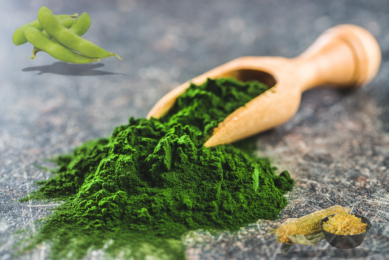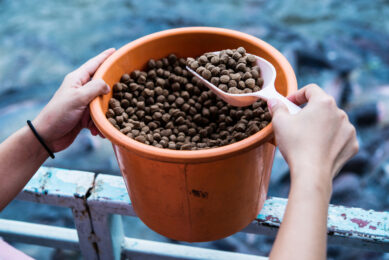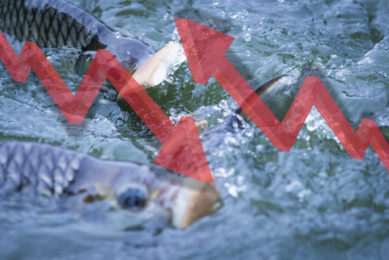Combining poultry by-product with BSF to replace fishmeal
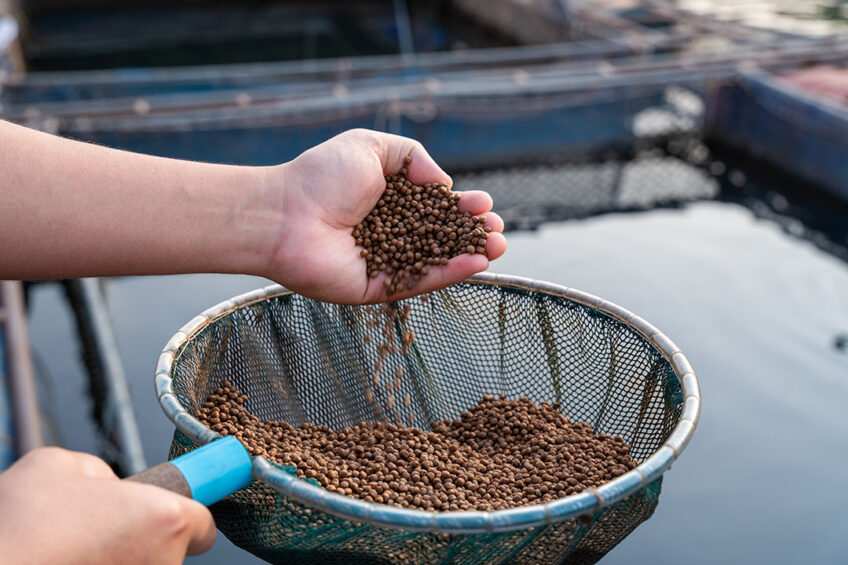
To support a circular economy in aquafeed production, alternative protein ingredients continue to emerge. In this research, researchers demonstrate how the inclusion of BSF larvae meal in combination with poultry by-product meal (PBM) is effective in entirely replacing fishmeal in sea bass diets.
Aquaculture nutrition research investigating sustainable aquafeed ingredients to replace fishmeal (FM) sometimes lack sufficient food science characterisation information, including nutritional data, sensory assessment, and shelf-life considerations for the aligned edible fillet products. Such product quality information is important to ensure market acceptance of the product, as well as ensure that inherent fillet characteristics are not negatively impacted.
Asian seabass (Lates calcarifer), also known as Barramundi, is an important carnivorous fish species in aquaculture due to its rapid growth, high nutritional value, and adaptation to freshwater and seawater environments. Barramundi requires a high protein intake, which is largely obtained from costly fishmeal; current studies are focused on investigating suitable alternative protein ingredients to replace fishmeal. One such alternative could be the combination of sustainable animal by-products and insect-based ingredients.
The larval stage of Hermetia illucens (HI), commonly known as black soldier fly, has been regarded as promising for inclusion in aquafeeds, as it contains comparable protein and amino acids to fishmeal and contains functional molecules, including antimicrobial peptides and some novel polysaccharides.
On the other hand, studies also show that poultry by-product meal (PBM), an important alternative protein ingredient, has a similar protein and amino acid profile to fishmeal; PBM is readily available at a relatively low cost and might become a replacement protein source for carnivorous aquafeed production.
Hence, a study brings to light how the inclusion of full-fat or defatted HI larvae in combination with PBM in barramundi diets influences the nutritional composition, physical, and sensory quality traits and shelf-life of fillets compared to products from fishmeal-based diets.
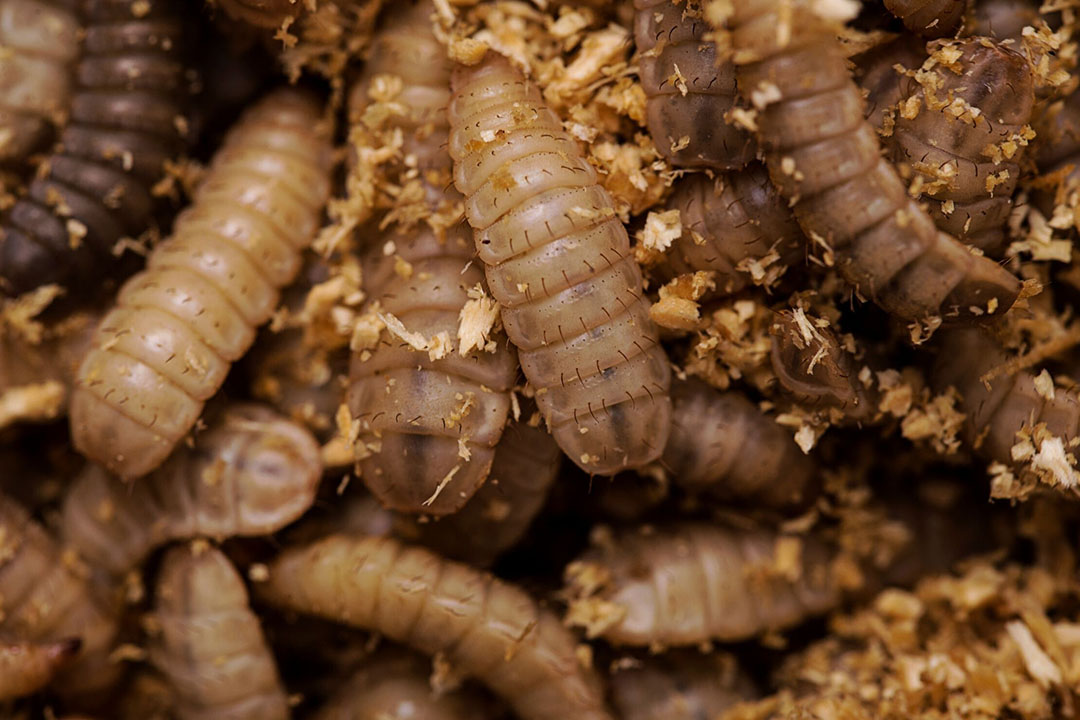
The study
In this study, the physicochemical quality and shelf-life of fillets from barramundi, which were fed for 56 days on a mixture of:
- poultry by-product meal (PBM),
- full-fat Hermetia illucens (FHI), and
- defatted HI (DHI),
Were compared to a fishmeal (FM) control diet. The researchers assessed the proximate and total amino acid (AA) compositions, sensory and texture attributes, and lipid oxidation during an 8-day storage period.
Barramundi fillet nutritional composition
The dry matter, protein, lipid, and ash contents of the barramundi fillets were similar between the insect-based diets and the fishmeal diet (Table 1). The retention of protein and essential amino acids, one of the most sensitive indicators of fish health, has been used to evaluate the adequacy of the supply of amino acids in the dietary composition. In the current study, the total essential amino acids composition was not affected by the complete replacement of fishmeal, except for histidine which was lower in barramundi fed either the PBM-FHI (full-fat) or the PBM-DHI (defatted) diet. According to the researchers, the retention of amino acids in fish muscles when fed PBM, in the current study, may have been improved by the addition of HI larvae meal, which contains low molecular weight peptides, providing more free amino acids. “Free amino acids reach the intestine and are absorbed by enterocytes faster than the intact proteins, which may explain the beneficial effect of incorporating HI larvae protein to prevent the PBM-only-induced negative impact on the barramundi muscle AA composition, as previously reported in other studies,” they said.
Sensory evaluation
The raw quality of the barramundi fillets was improved in the PBM-HI-based diets, as indicated by the high number of merit points given by the panellists for appearance, odour, and overall quality. A similar trend was observed after cooking for all attributes, with the cooked odour improving significantly in the fillets of the barramundi fed PBM-HI-based diets. The researchers attributed the improvement in quality to the presence of chitosan in Hermetia illucens, which has been reported to improve the sensory quality of seafood in similar studies.
…at day 8 of storage, severe muscle degeneration and atrophy were observed in the cells of fish fed the fishmeal diet, while the PBM-HI-based diets prevented such structural changes
Microstructure and texture profiles of fillets
The microstructures of the muscle tissues were unchanged in the fillets of barramundi fed either the insect-based diet or the fishmeal diet as observed by the tight attachment and regular shape of the myofibrils together with the uniform distribution in the connective tissues. However, at day 8 of storage, severe muscle degeneration and atrophy were observed in the cells of fish fed the fishmeal diet, while the PBM-HI-based diets prevented such structural changes. The texture profile showed no changes in the adhesiveness and springiness between the different diets, but on the other hand, fillets of barramundi fed the mixtures of PBM and HI larvae meal showed improvement in chewiness, cohesiveness, gumminess, and hardness compared to the fishmeal diet. The PBM-HI-based diets contained higher contents of glutamic acid and arginine, which have been reported to improve the texture by increasing muscle cell density and connective tissue. “Further research should be conducted to determine the extent to which chitin, lauric acid, choline, polysaccharides, and antimicrobial peptides in Hermetia illucens larvae meal influence the flesh texture of barramundi,” the researchers concluded.
Drip loss and flesh colour
The drip loss is an important quality parameter associated with the juiciness, appearance, and colour of the fish product, as well as directly affecting the weight of the fillets. On all days, the fillets of barramundi fed PBM-HI-based diets showed higher drip loss rates (0.74 -1.98%) than the fillets of barramundi fed the FM control diet (0.43 -1.24%). “In short, the drip loss rates ranging from 0.43 to 1.98% in this study cannot be considered high; therefore, they are not a major problem in chilled barramundi, as supported by many earlier studies.” The PBM-HI-based diets were also effective in improving the fillet brightness and texture and in delaying the damage to the sarcolemma and lipid oxidation during chilled storage.
Lipid oxidation
The insect-based diets resulted in lower lipid oxidation compared to the fishmeal diet, as observed by the lower production rate of malondialdehyde (MDA) in fish fed with PBM-HI diets; this observation was related to the antioxidant properties of Hermetia illucens that positively improve the free radical scavenging ability of fish, leading to the inhibition of lipid oxidation, as earlier reported in a similar study conducted on European seabass. The reduction in lipid oxidation was also related to the observed lower polyunsaturated fatty acids (PUFA) content and higher content of saturated fatty acids in the muscle, particularly lauric acid, which has strong antioxidant properties.
Concluding remarks
In this study, researchers were able to demonstrate that the inclusion of Hermetia illucens larvae meal, either full-fat or defatted, in combination with poultry by-product meal is effective in replacing fishmeal entirely in barramundi diets, without changing the fillets’ nutritional composition and quality. These results strongly support the inclusion of PBM-HI to replace 100% fishmeal protein in aquafeed to enhance the farmed barramundi fillet quality and prevent rancidity during storage. Such changes in the feed base could enhance consumer acceptability of alternative protein ingredients, thus supporting the development of a circular bioeconomy in aquafeed production.
This article is based on a study by MD Reaz Chaklader, Wing H. Chung, Janet Howieson and Ravi Fotedar. 2023. A Mixture of Full-Fat and Defatted Hermetia illucens Larvae and Poultry By-Products as Sustainable Protein Sources Improved Fillet Quality Traits in Farmed Barramundi, Lates calcarifer. Foods, Vol. 12: 362.




